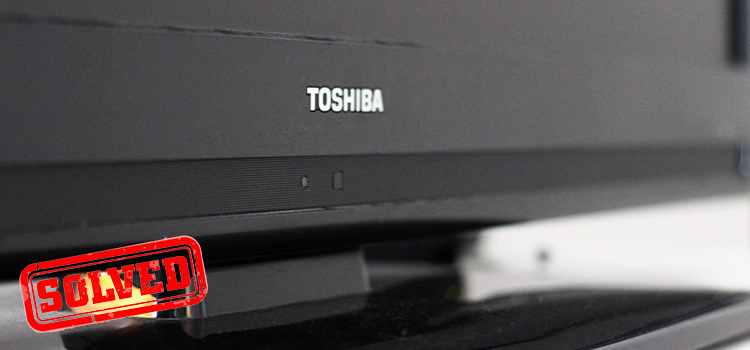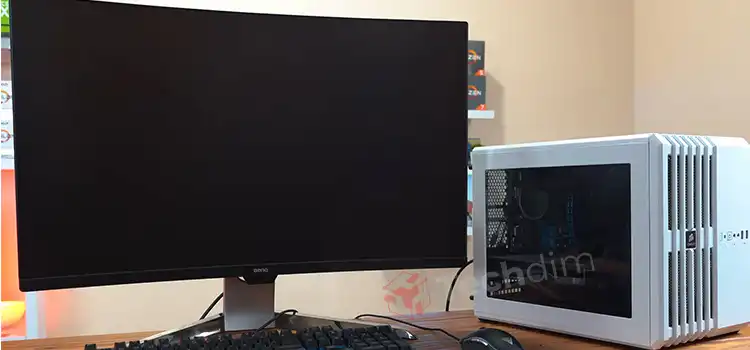[Explored] Do I Plug My Monitor into My Graphics Card?
When setting up a PC, a common question arises: do I plug my monitor into my graphics card or directly into the motherboard?
Hence, the answer is clear: If you have a dedicated graphics card, it’s almost always a better choice to plug your monitor into it. This ensures you’re getting the best possible display quality and system performance. And who wouldn’t want that?
In this article, we will explain why should you plug your monitor into your graphics card, what will happen if you plug your monitor directly into the motherboard, and much more regarding this topic. So, without further ado, let’s explore them below!

A Quick Peek Into The Graphics World
You may find two types of ports for monitors on the back of your computer: one will connect your monitor to the motherboard and the other one will connect your monitor to your graphics card (If you have any dedicated graphics card on your PC).
When your monitor is connected to the motherboard’s port, you’ll be using the integrated graphics. Integrated graphics are embedded within a computer’s CPU or on the motherboard itself. They are designed to handle basic display functions, like rendering the desktop environment, browsing the web, and running applications that don’t demand high graphical power.
Dedicated GPUs, on the other hand, can handle high-resolution gaming, video editing, 3D rendering, and other graphics-intensive tasks more effectively.
The Big Question: Where to Plug that Cable?
Alright, so you’re setting up your computer and staring at the back thinking, “Where should this monitor cable go?” Here’s the lowdown:
If you’ve got a dedicated graphics card in your rig, plug that monitor right into it. Why? Well,
When you plug your monitor directly into the motherboard, you bypass this powerhouse, relying instead on integrated graphics. While this might be sufficient for basic tasks like word processing or web browsing, it doesn’t leverage the full potential of the system.
But if you have a dedicated graphics card, and plug your monitor into it, you will be able to take full advantage of its capabilities. This can handle the heavy graphics stuff way better than the built-in, or ‘onboard’, graphics your motherboard might have.
Whether you’re gaming, binge-watching in high-res, or dabbling in some design work, connecting to the graphics card is like getting VIP seats to the show. So, to get the most bang for your buck and the slickest visuals, give that graphics card the attention it deserves!
Multi-Monitor Madness: Should You Plug Your Second Monitor into the Graphics Card?
A dedicated GPU, designed for complex graphics operations, provides optimal visual performance. If the user’s activities involve graphics-intensive tasks such as high-resolution video editing, 3D rendering, or advanced gaming, then connecting the second monitor to the GPU is unequivocally recommended.
The GPU ensures both monitors benefit from its enhanced processing capabilities, resulting in smoother and clearer displays. Conversely, if the second monitor serves simple tasks like document processing or basic web browsing, the motherboard’s onboard graphics could suffice.
However, it’s prudent to note that leveraging the GPU ensures consistency in visual output across both screens. In professional environments where uniformity and precision are paramount, the GPU emerges as the preferred choice.
Wrapping Up
When setting up your computer’s display, the decision lies between the dedicated graphics card and the motherboard’s onboard graphics. The answer is simple. If you’ve got a snazzy graphics card, use it for the ultimate visual experience. It’s designed to handle the big, graphics-heavy tasks, ensuring both your screens (if you’re rocking the two-monitor setup) showcase the best visuals. For simpler tasks, onboard graphics might do the trick, but when in doubt, give the graphics card a spin. Thanks for diving deep into the graphics world with us! We hope this sheds some light on your setup journey. Happy computing!
FAQ Corner: Answering the Burning Questions
What Do I Plug Into My Graphics Card?
You plug your monitor’s display cable (like HDMI, DisplayPort, DVI, or VGA) into the appropriate port on your graphics card to utilize its graphical capabilities for a superior visual experience.
Can I Plug A Monitor Into My Motherboard And Graphics Card?
Yes, you can plug monitors into both your motherboard and graphics card simultaneously. However, the primary display will typically run off the graphics card, leveraging its power, while the secondary display uses the integrated graphics on the motherboard. Ensure that the integrated graphics are enabled in the BIOS/UEFI settings for this configuration to work properly.
Subscribe to our newsletter
& plug into
the world of technology





